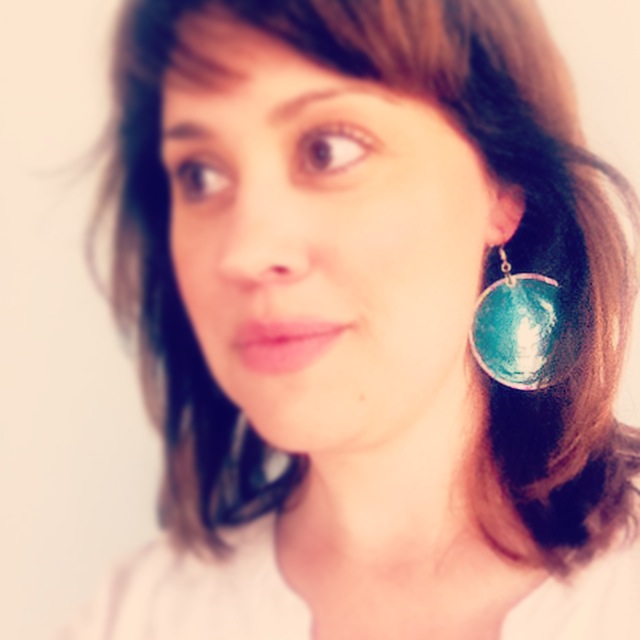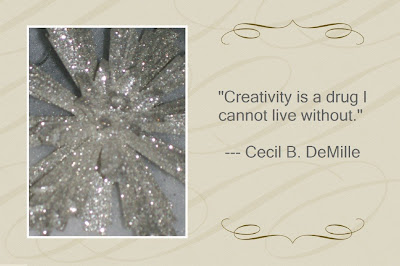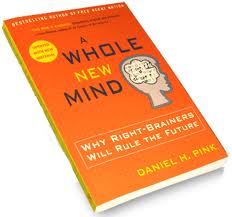Inspiration to live your creativity. One dose at a time.
“Creativity is a drug I cannot live without.” — Cecil B. DeMille
Melanie Sklarz
 I inspire individuals and groups to tap into their creativity for personal and professional success, whether it’s a painting, marketing plan, or being everyday creative.
I inspire individuals and groups to tap into their creativity for personal and professional success, whether it’s a painting, marketing plan, or being everyday creative.
As a marketing and communications strategist, I bring a breadth of creative expertise to clients looking to develop and strengthen their brand.
A former educator and curator, I developed and led innovative programs for museums, most recently in Washington, DC.
I want to live in a world where everyone believes they are creative.
Also an informative speaker, I have facilitated workshops for creative women entrepreneurs, presented a parent workshop on raising creative kids, sat on a panel discussing women in blogging and taught college students how to find their tribe online by building their brand.
I am also a mixed media artist specializing in collage. My art has been exhibited at the FAVA Gallery in Oberlin, OH, the Dialogue Gallery in Buffalo, NY and The Cultural Arts Center at Glen Allen, VA.
I earned a BA in Art History from Seton Hill University and a MA from the Ohio State University, where my research focused on women’s artistic production and activism.






